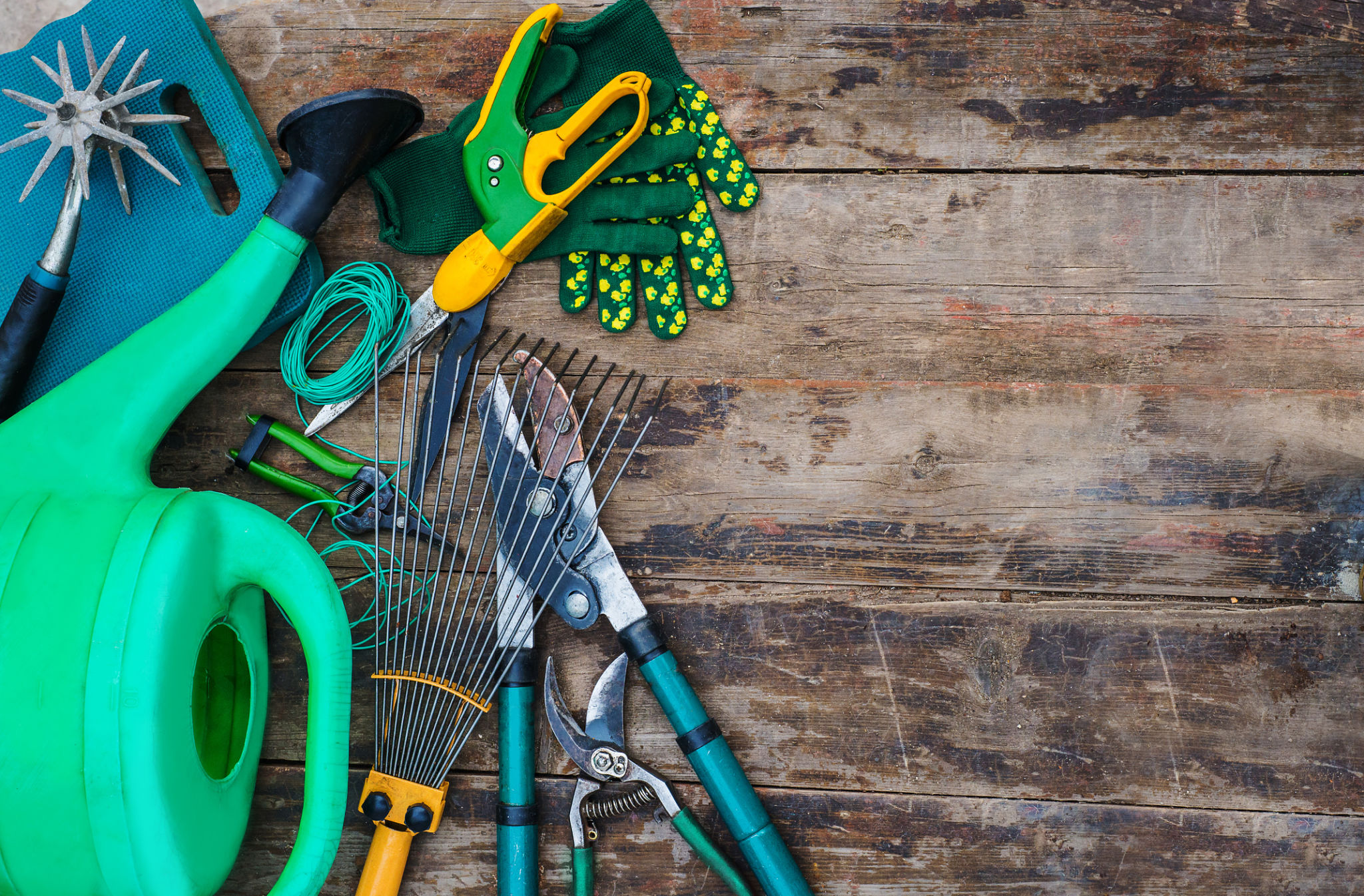Essential Considerations for Installing a French Drain System in Florida
Understanding French Drains
A French drain is a practical solution for managing water accumulation in your yard, especially in areas prone to heavy rainfall and poor drainage, such as Florida. This system involves a slightly sloped trench filled with round gravel and a perforated pipe that redirects surface water and groundwater away from your home. Understanding the benefits and limitations of French drains is crucial before embarking on installation.

Assessing Your Property’s Drainage Needs
Before installing a French drain, assess your property’s specific drainage issues. Identify areas where water tends to pool after heavy rain. Consider soil composition, as clay-heavy soil may require more extensive drainage solutions. Consulting with a professional can provide insights into the most effective placement and design of your French drain.
Soil and Terrain Considerations
Florida's diverse soil types range from sandy soils to clay, each impacting drainage differently. Sandy soils typically allow for quicker drainage, while clay holds water longer, potentially necessitating deeper trenches. Additionally, the flat terrain common in many parts of Florida may require more strategic planning to ensure water effectively moves away from structures.

Legal and Permitting Requirements
In Florida, certain installations may require permits or adherence to local regulations. It is essential to research local codes or consult with a professional to ensure compliance. Failure to obtain the necessary permits can lead to fines or mandatory removal of the system.
Permitting Process
The permitting process can vary depending on your location. Generally, it involves submitting plans that outline the scope and design of your French drain installation. It's advisable to work with a licensed contractor familiar with local building codes to streamline this process.

Choosing Materials and Installation Tips
Selecting the right materials is vital for a durable French drain system. Opt for high-quality perforated pipes and gravel that will withstand Florida’s weather conditions. Proper installation also involves ensuring the trench has an adequate slope—typically about 1% to 2%—to facilitate efficient water flow.
Installation Steps
- Mark the trench path based on your drainage plan.
- Excavate the trench to the required depth and slope.
- Line the trench with landscape fabric to prevent soil intrusion.
- Add gravel, then lay the perforated pipe, ensuring holes face downward.
- Cover with additional gravel and fold over the landscape fabric.
- Backfill the trench with topsoil and restore landscaping.
Maintenance for Longevity
Once installed, regular maintenance is crucial for the longevity of your French drain system. Periodically inspect for clogs or blockages, especially after significant storms. Clear any debris from surface drainage points, and ensure that the slope remains intact over time.

Signs of Inefficiency
- Persistent pooling water near the drain outlet.
- Signs of erosion along the trench line.
- Water backing up into unwanted areas during heavy rain.
By considering these essential factors and maintaining your system diligently, you can significantly improve your property's drainage, protecting your home from potential water damage. Investing time in proper planning and installation will pay off in long-term peace of mind and property value retention.